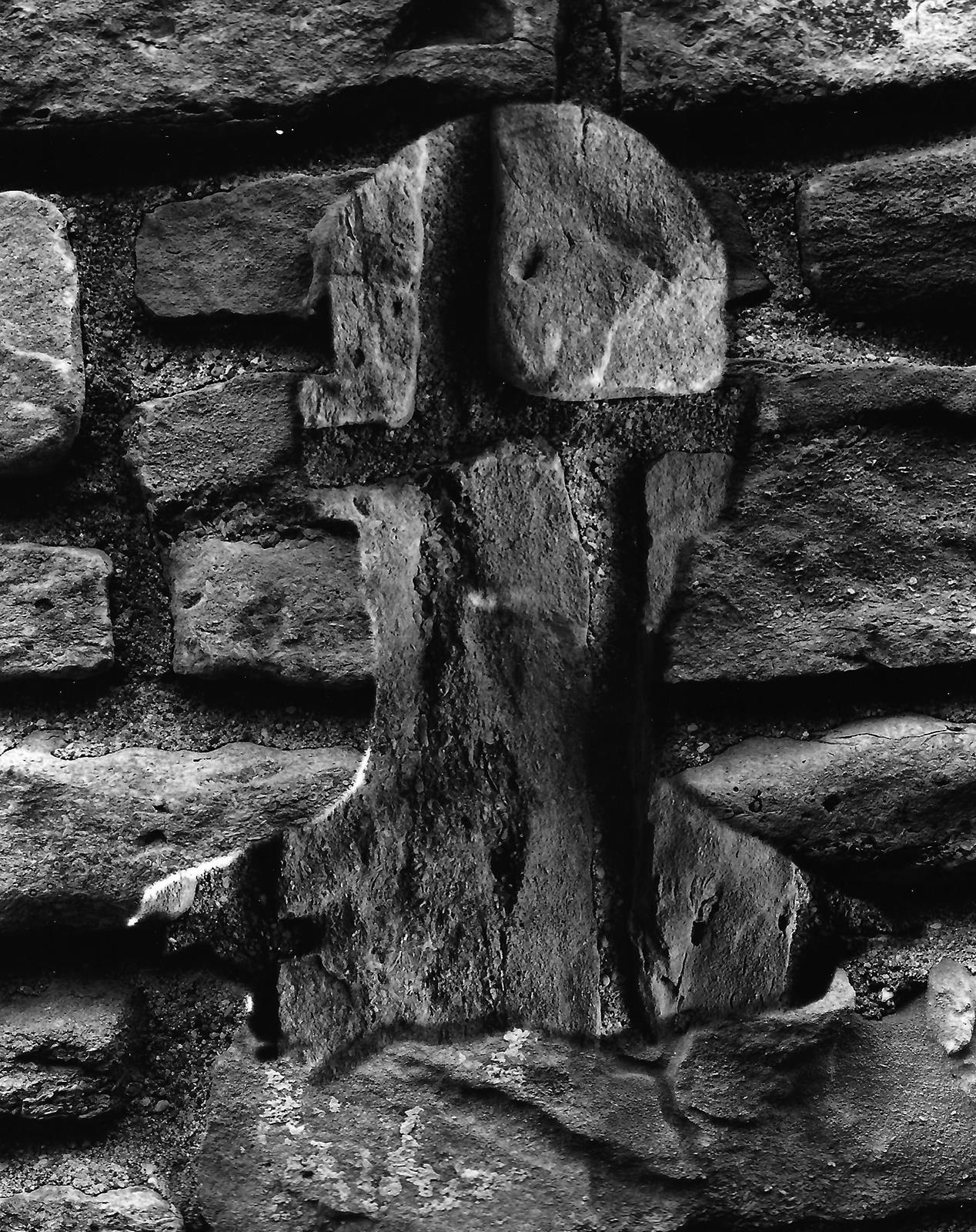
by william davis
Silver Gelatin Print
h: 38 w: 30 d: 2 (cms).
This image is from a series of work that explores the Hero's Journey (as made popular by Joseph Campbell). It is about the monomythological transformation of the ordinary into the extraordinary. It also yields to the wisdom of The Sixth Extinction as made so eloquently clear by Elizabeth Kolbert in her book of the same title. Yet I question the glory of that journey and the spoils of its outcomes. Humans, while not the fastest or wisest species, excel in adaptation and resilience. I am most interested in how myth and sustainability intersect in these photos. These images symbolize the trajectory of defiant attempts to leverage our own evolution at the expense of the natural world– and the material consequences that has for the biosphere. When we build with stone, we devolve with the sands of time.
As humans interrupt ecology, we undermine our own existence– not unlike the last cannibal standing, with nothing left to eat but himself.

by william davis
Silver Gelatin Print
h: 38 w: 30 d: 2 (cms).
This image is from a series of work that explores the Hero's Journey (as made popular by Joseph Campbell). It is about the monomythological transformation of the ordinary into the extraordinary. It also yields to the wisdom of The Sixth Extinction as made so eloquently clear by Elizabeth Kolbert in her book of the same title. Yet I question the glory of that journey and the spoils of its outcomes. Humans, while not the fastest or wisest species, excel in adaptation and resilience. I am most interested in how myth and sustainability intersect in these photos. These images symbolize the trajectory of defiant attempts to leverage our own evolution at the expense of the natural world– and the material consequences that has for the biosphere. When we build with stone, we devolve with the sands of time.
As humans interrupt ecology, we undermine our own existence– not unlike the last cannibal standing, with nothing left to eat but itself.


